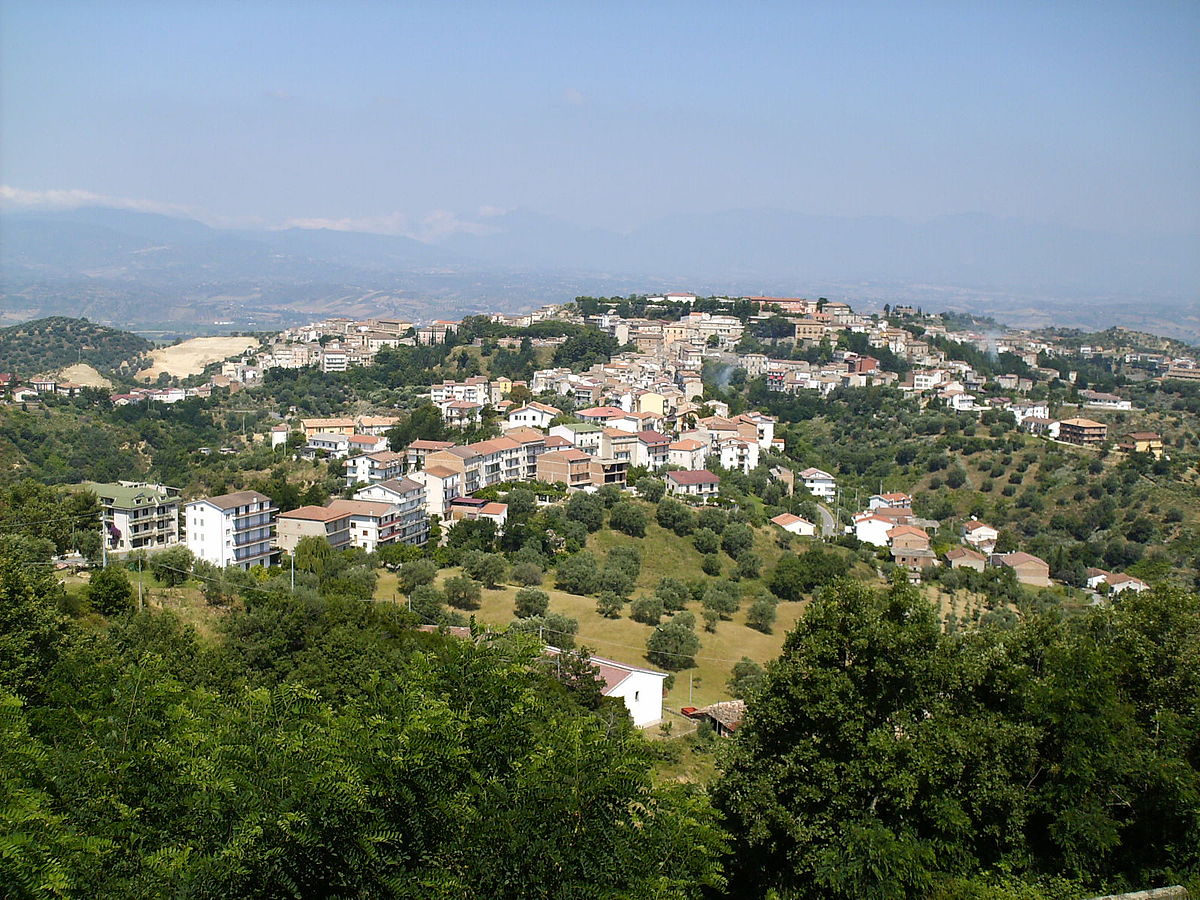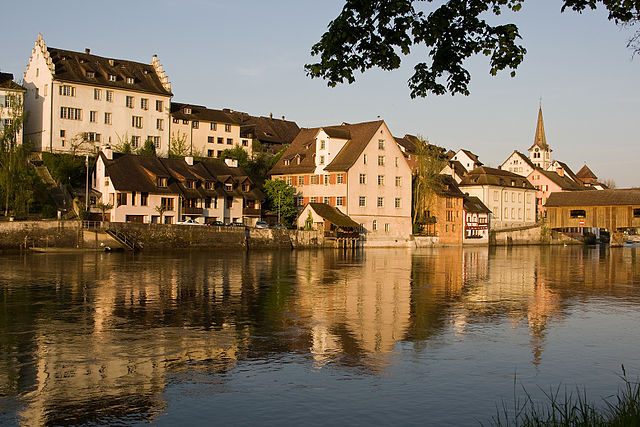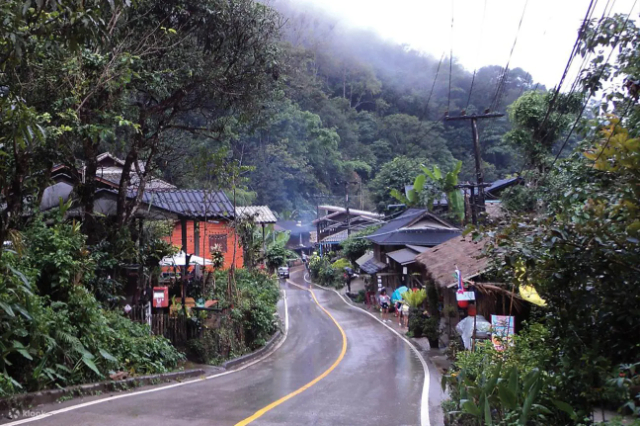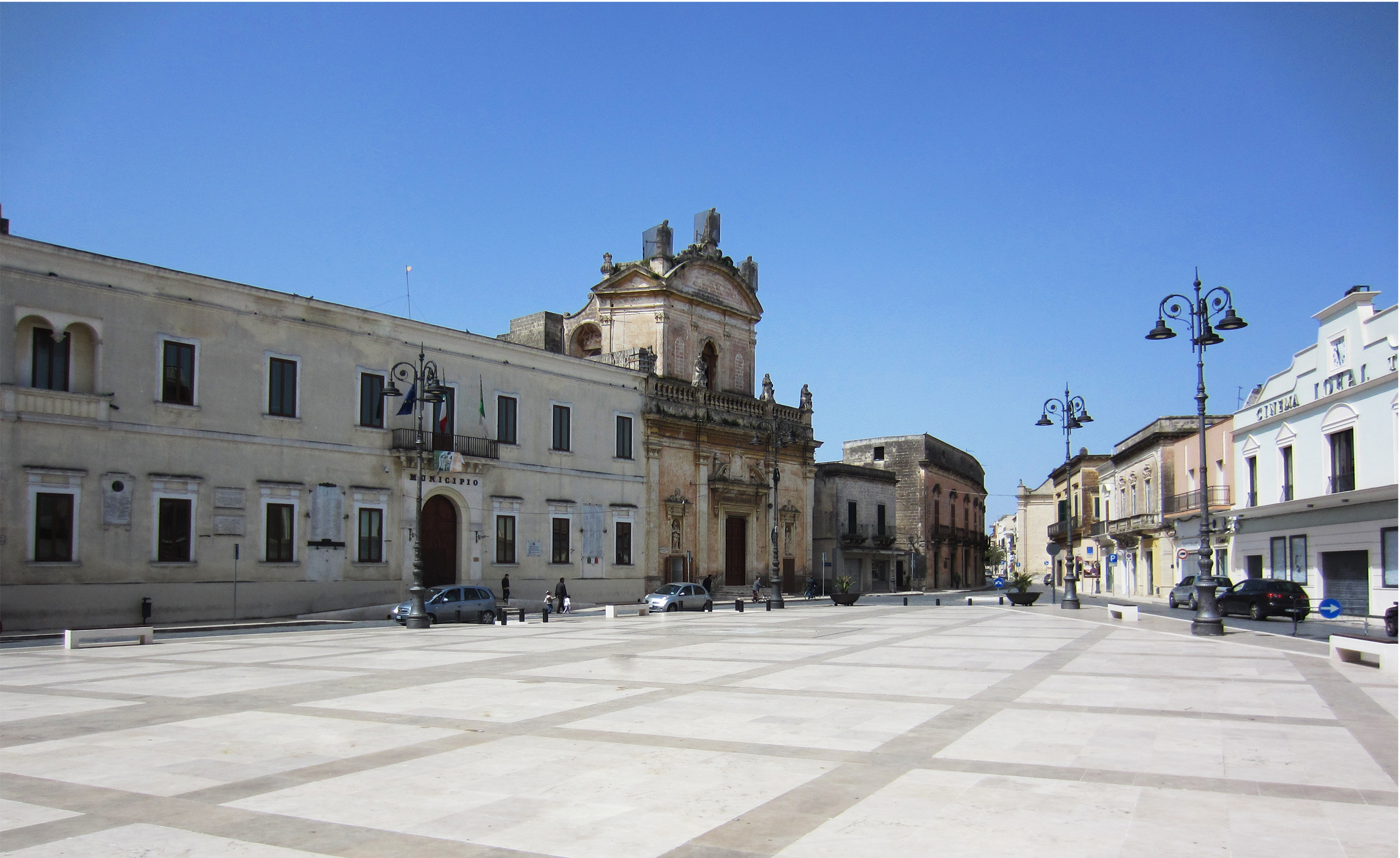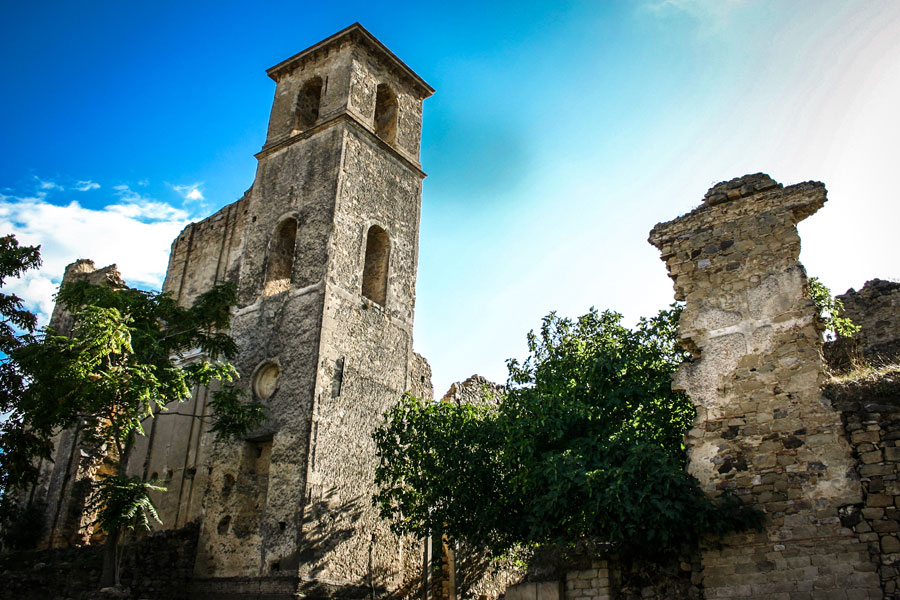Bisignano has a very rich and centuries-old history, winding through the tangle of alleys, arches and stairways that wind through the old town centre, providing scenery for the splendid patrician palaces and numerous churches, indelible traces of a very ancient culture. The eight districts that make it up are full of numerous artisan workshops that are always open and active, which testify to the great industriousness of the village and the undoubted artistic value of local handicraft production. Bisignano was the birthplace of one of the largest families of luthiers in the world, the De Bonis, and currently houses the workshops of the family’s direct descendants as well as other workshops inspired by the production of internationally renowned stringed instruments. Of particular importance is the tradition of the artisan ceramists, capable of building a unique style with great artistic and cultural value. Bisignano is located 350 meters above sea level on the last hilly offshoots of the Greek Sila, in front of the Crati Valley and thanks to the many huge terraces, enjoys an enviable view of the valleys below. It is not for nothing that the town is called the balcony over the Crati Valley. There are numerous noble palaces of great historical and architectural interest that enrich the districts of the old town. Strolling along the streets of the town is a wonderful plunge into the past, in direct contact with a world full of culture and tradition, past unscathed by the passage of time to show itself to the amazed eyes of visitors. The history of Bisignano embraces a time span of about 3,000 years. Although there is neither news nor certain evidence about the first settlement on the territory currently occupied by the town, the numerous archaeological finds (troglodytic dwellings, funerary furnishings and weapons) date back as early as the fifteenth and fourteenth centuries BC. The Via Popilia (built in 132 B.C.) that connected Reggio Calabria to Rome crossed the territory of the present day Bisignano, on the road that pilgrims travelled in the Holy Years, especially from the 14th century onwards, giving considerable impetus to cultural and economic exchanges between the city and the outside world. The oldest news about Brutia Besidiae see the Bisignanesi protagonists (together with other peoples of the middle Crati Valley) of the battle fought in 205 B.C. against the Romans at Hannibal’s side. Over the centuries Bisignano was very active in defending its autonomy against Rome, giving rise to a fierce struggle to maintain its independence. This trend was the origin of many conflicts with different peoples, who alternated in the government of the city leaving, from time to time, many testimonies and enriching the cultural heritage that is still preserved today.
